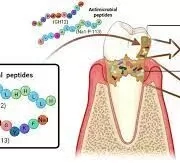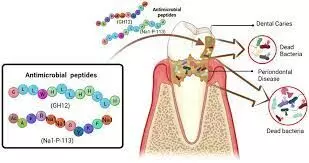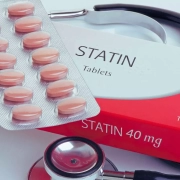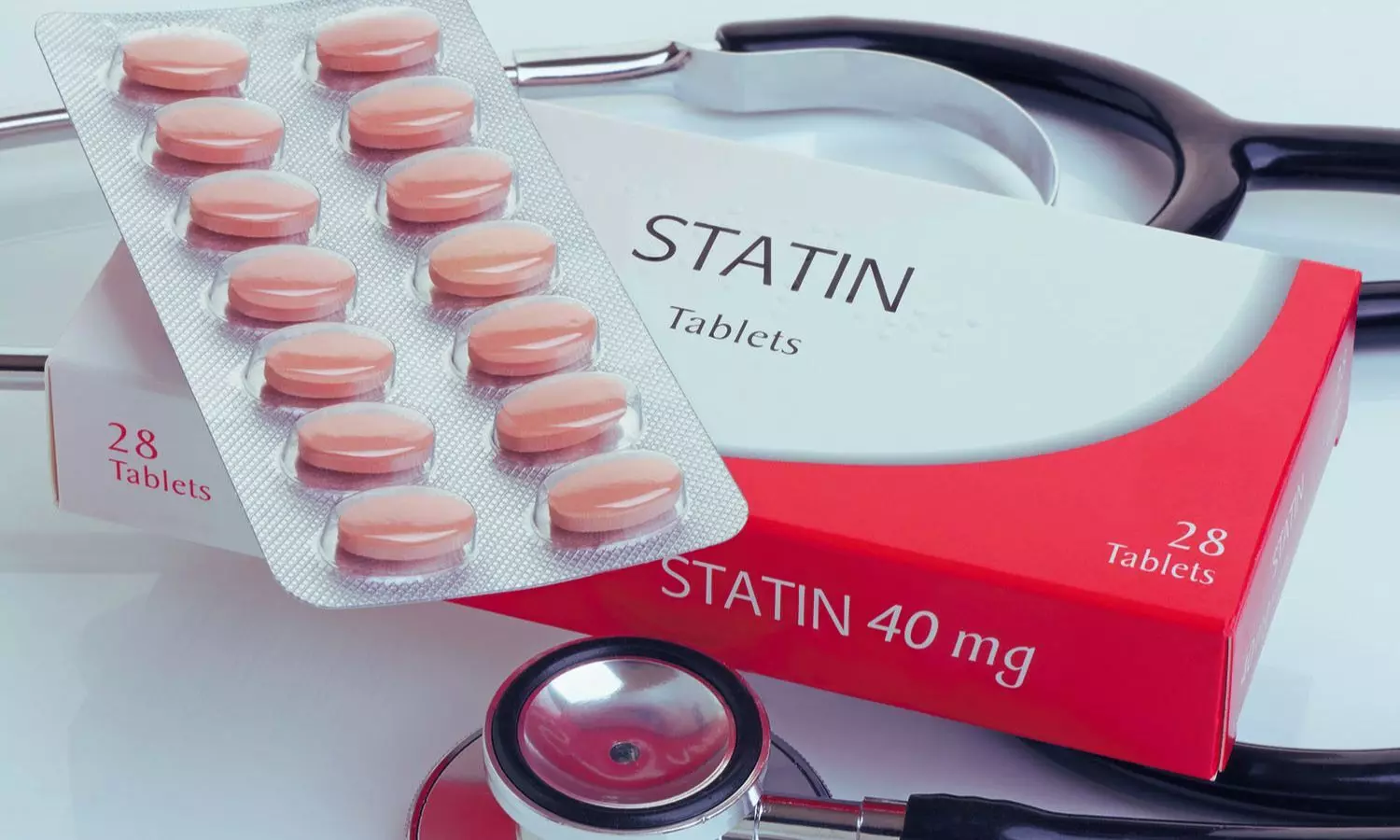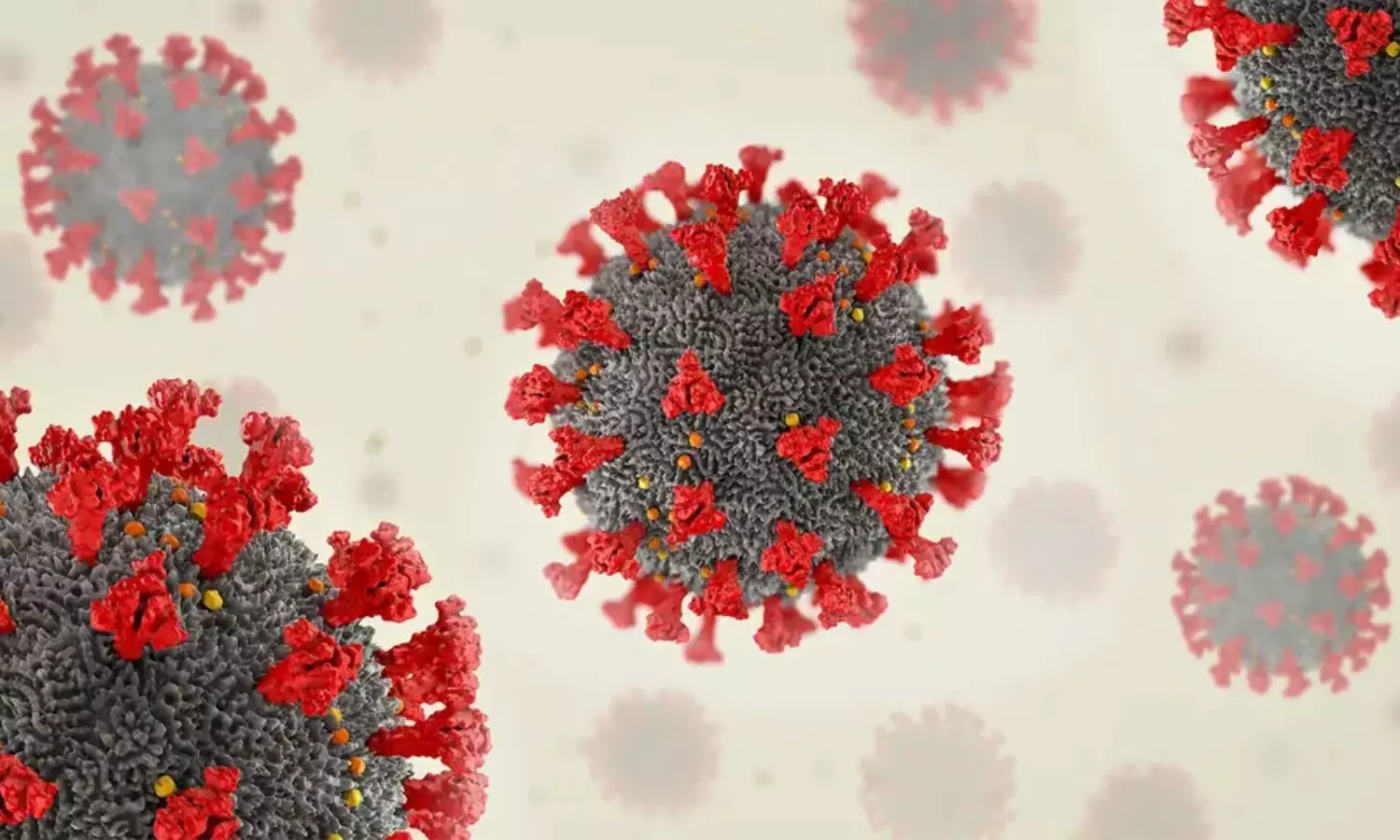Initiation of noninsulin second-line Antidiabetics fraught with risk of discontinuation within one year: Study
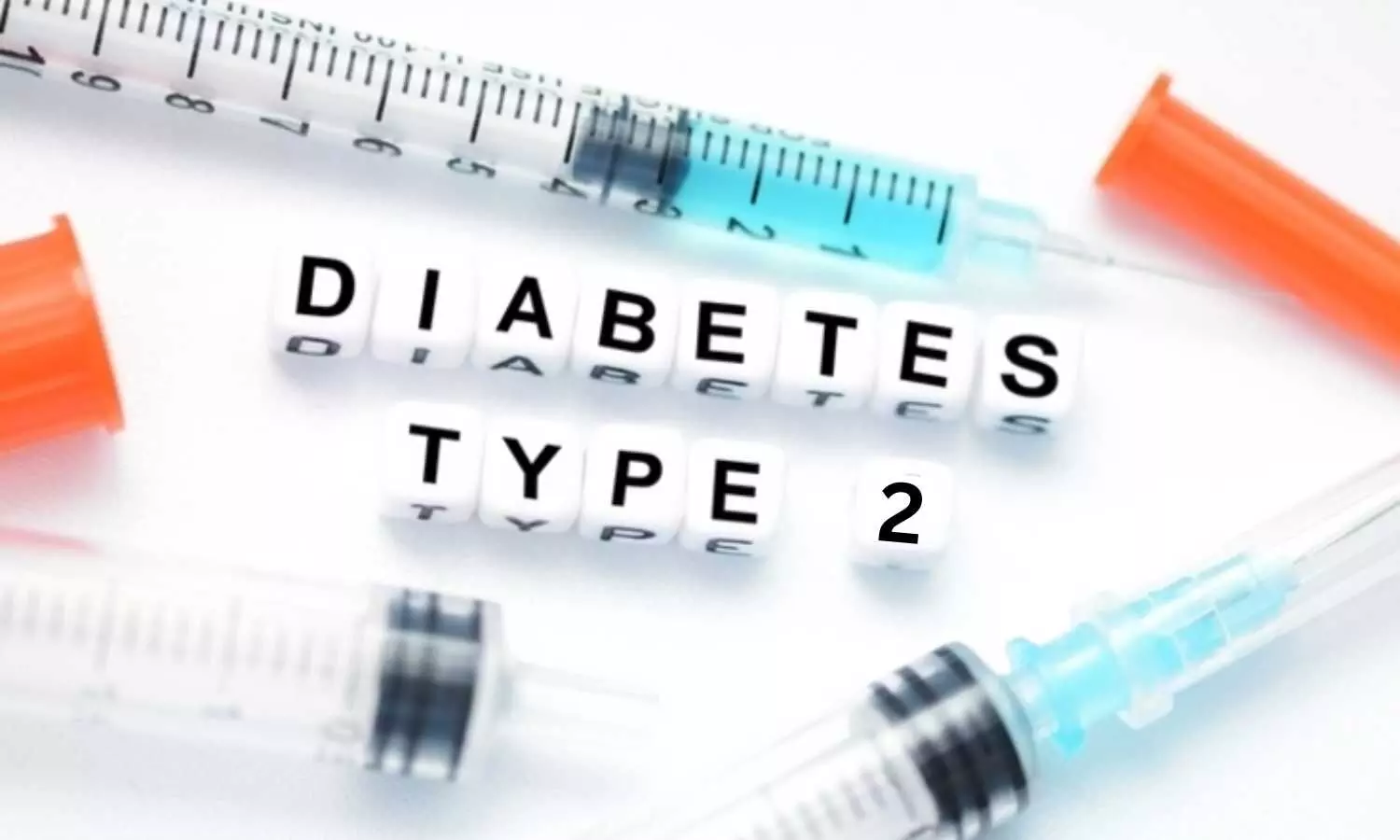
USA: Adherence to second-line diabetes drugs can be hit or miss among patients with type 2 diabetes, a recent study has reported.
The findings published in the American Journal of Managed Care showed that two-thirds of patients discontinued their medication, switched to a different medication class or intensified their treatment. Discontinuation was higher (50%) among glucagon-like peptide-1 receptor agonists (GLP-1 RA) drugs, which are linked to gastrointestinal side effects.
When patients discontinue their medication, switch to a different drug or intensify their treatment (either via an increased dose, adding a third medication or starting insulin), it wastes the doctor and patient’s time, costs the health system unnecessary expense and, in the case of discontinuation, can result in a patient not fully treating their Type 2 diabetes.
Most patients with Type 2 diabetes will end up needing to add a second-line medication after metformin — the go-to primary drug for glucose management — to control their blood sugar levels.
The study of more than 82,000 patients between 2014 and 2017 found that within one year of their initial prescription, nearly two-thirds of patients either discontinued their medication, switched to a different medication class or intensified their treatment.
The scientists analyzed five non-insulin classes of diabetes medications. In four of the five classes, 38% of patients discontinued their medication. But among patients prescribed glucagon-like peptide-1 receptor agonists (GLP-1 RAs), half (50%) discontinued treatment.
“Discontinuation is bad. It is common in all five types of medications, but we see significantly more in those prescribed the GLP-1 RAs,” said corresponding author David Liss, research associate professor of general internal medicine at Northwestern University Feinberg School of Medicine.
“Presumably, the doctor is saying, ‘You need to start a new medication to control your Type 2 diabetes,’ and then within a year, half of them just stop and don’t start another one, and that’s not a good thing.”
Prior studies have shown that treatment discontinuation is common for Type 2 diabetes medications, but this is the first large American study to show such high discontinuation rates in second-line medications, Liss said.
“Our findings highlight the need for new prescribing approaches and to better understand the barriers patients face when taking these medications, to ultimately reduce wasting patients’ time, clinicians’ time and the health system’s money,” Liss said.
Association with gastrointestinal side effects
While the scientists did not have data on reasons why patients discontinued treatment, the particularly high discontinuation rate for GLP-1 RAs may have been due to adverse gastrointestinal side effects-such as nausea, vomiting and diarrhea-which have been observed in patients who take these medications for diabetes control and for weight loss, Liss said.
Originally approved by the U.S. Food and Drug Administration (FDA) for treating Type 2 diabetes, GLP-1 RAs (with brand names like Ozempic and Wegovy) are now used for weight loss, too. “We know there are gastrointestinal side effects for these drugs that are currently in the news, both for patients with diabetes and patients attempting to lose weight,” Liss said.
What happens after discontinuation?
For many patients in this study, discontinuing a second-line diabetes medication wouldn’t immediately lead to hyperglycemia (high blood sugar) symptoms or medical emergencies, Liss said.
“But discontinuation still puts these patients at greater risk for downstream hospitalizations related to diabetes,” Liss added.
Endocrinologist versus internal medicine prescribers
Discontinuation risk was lower and intensification risk was higher when an endocrinologist prescribed the medication, compared to when a family medicine or internal medicine physician prescribed the second-line drugs, the study found. Liss said this difference could be because endocrinologists had particular expertise in the newer classes of diabetes drugs, enhancing their ability to discuss the pros and cons of medications when making prescribing decisions with patients.
Importance of follow-ups on new drugs
The study retrospectively analyzed patients’ health insurance claims data, meaning the scientists could identify when a patient had been prescribed a medication; if the care provider switched their medication to a new class; or if they increased their dose.
The scientists assumed that patients who experienced a treatment switch or intensification did so after talking with their doctor. But the scientists suspect that many patients made the decision to discontinue their medication without having talked to a doctor.
“Our results may represent a ‘wake-up call’ for clinicians that many of their patients were not taking the medicines that were prescribed,” Liss said. “While we don’t know if providers were aware of the discontinuation events observed in this study, our results highlight the need for ongoing communication between patients and prescribers over time-around medication benefits, side effects and costs-not just at the time of prescribing.”
Reference:
David T. Liss, Manisha Cherupally, Treatment Modification After Initiating Second-Line Medication for Type 2 Diabetes, The American Journal of Managed Care, DOI: 10.37765/ajmc.2023.89466
Powered by WPeMatico




